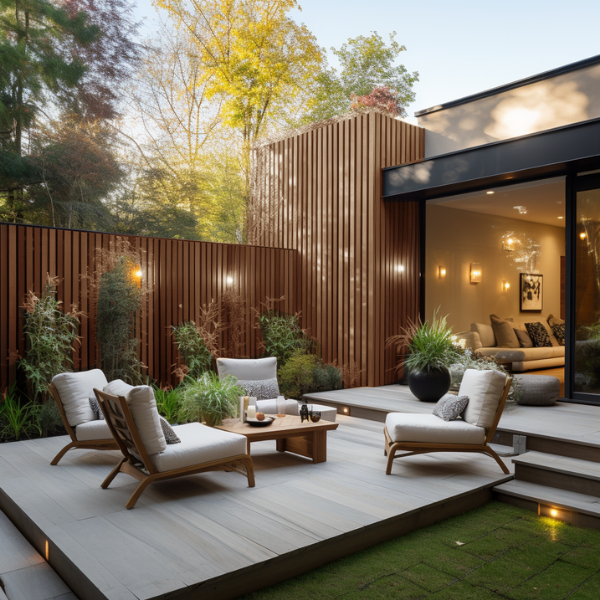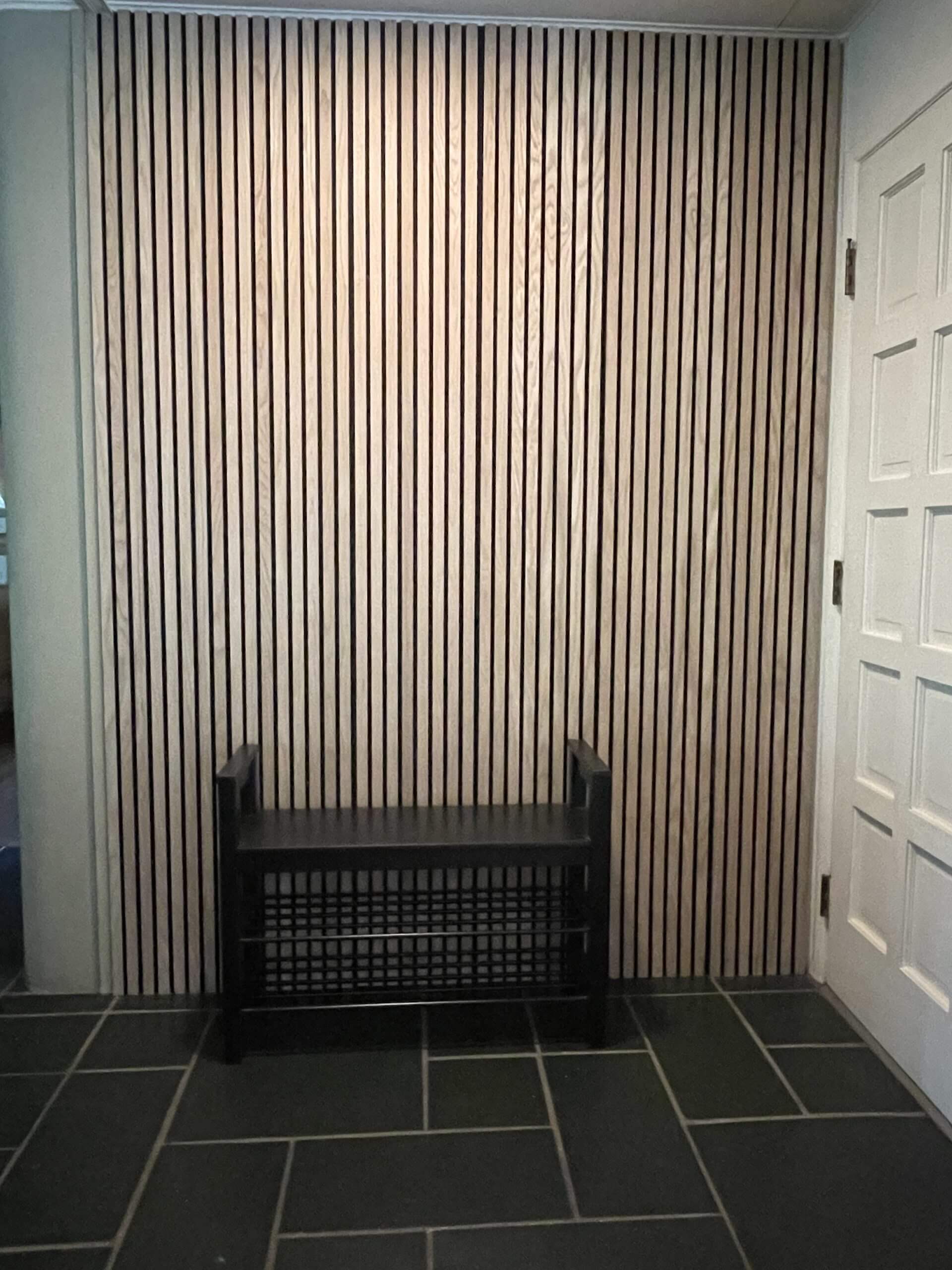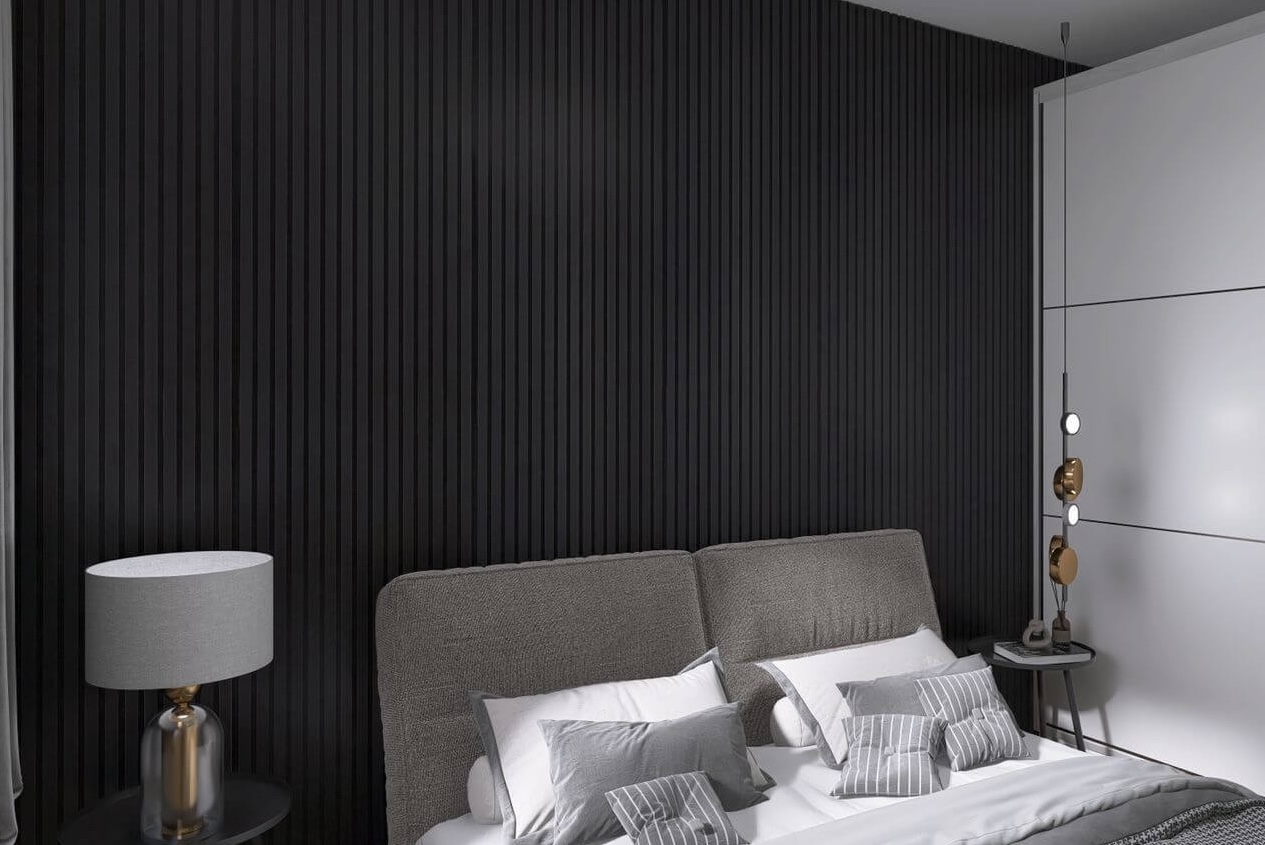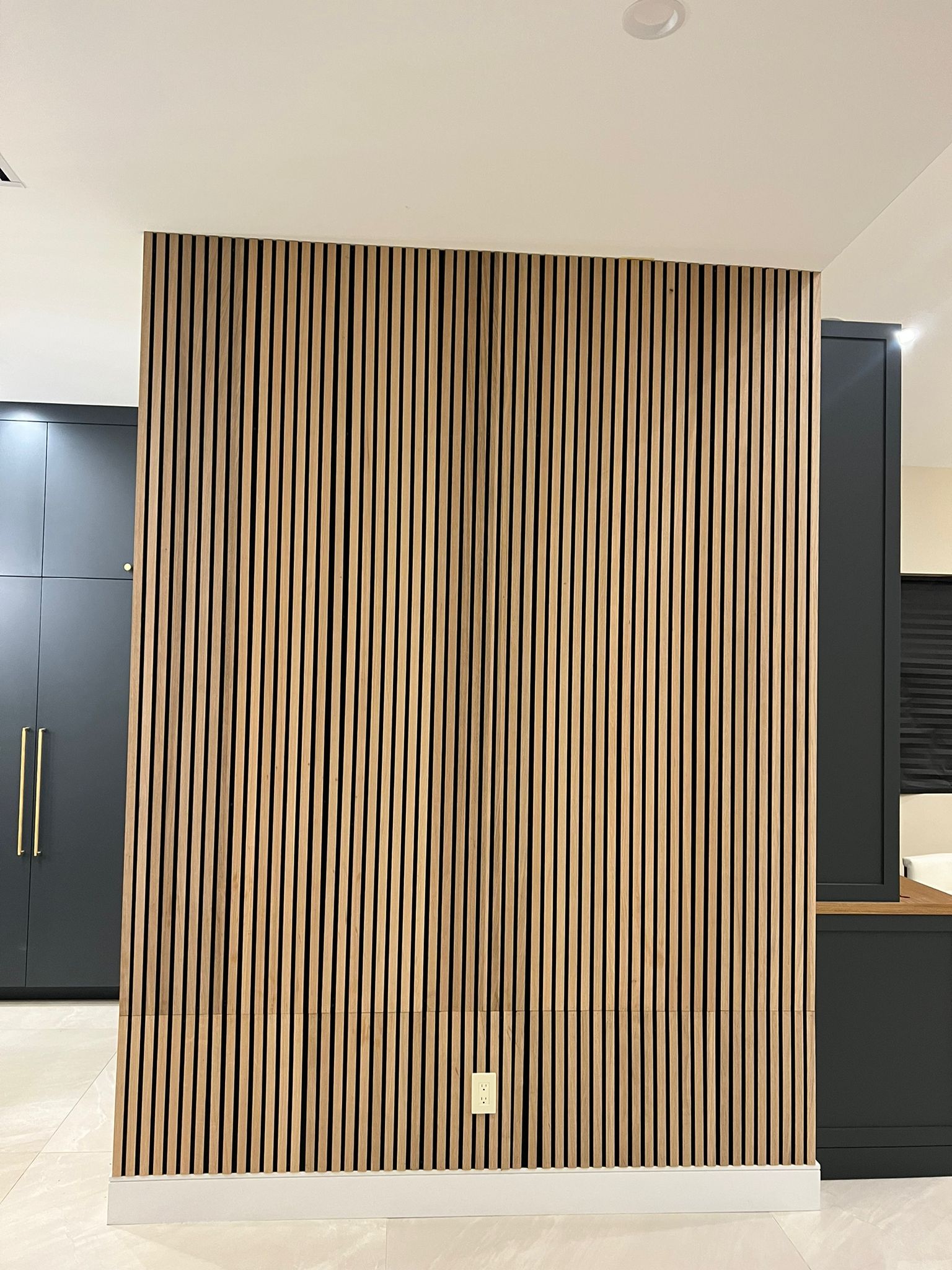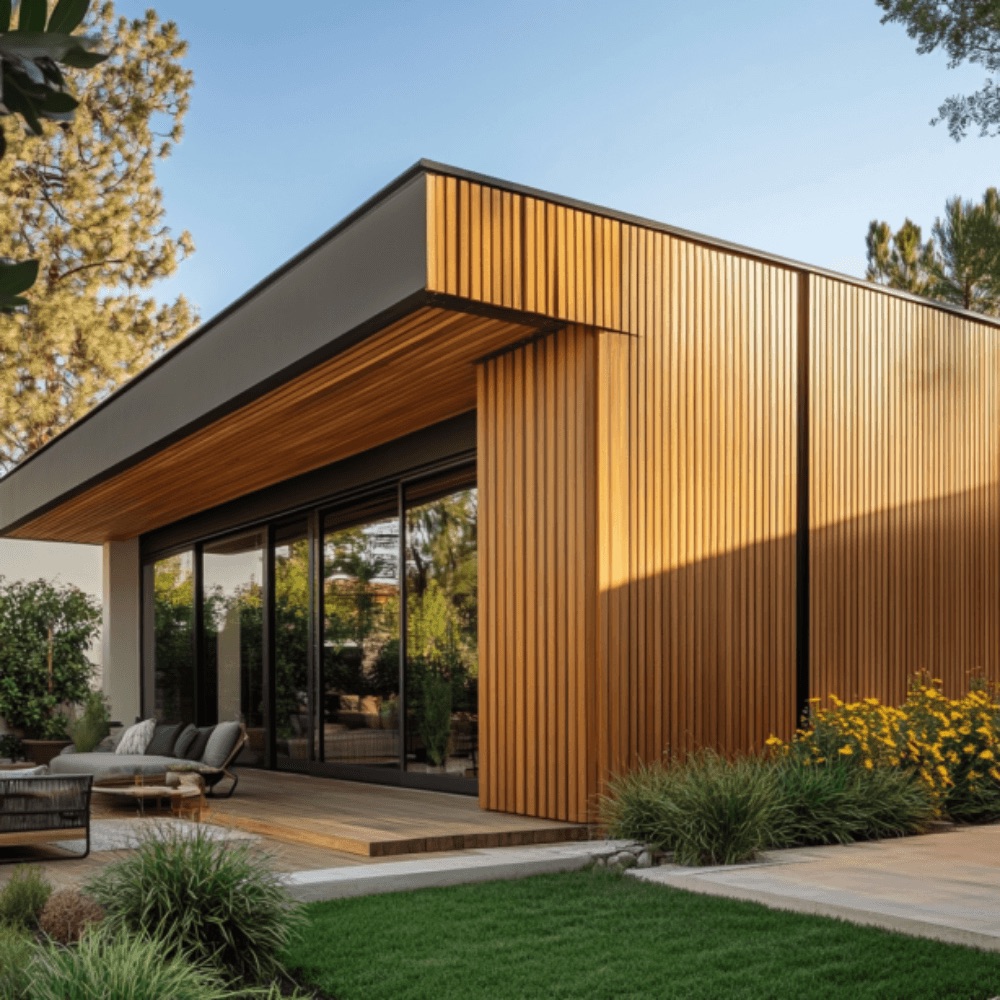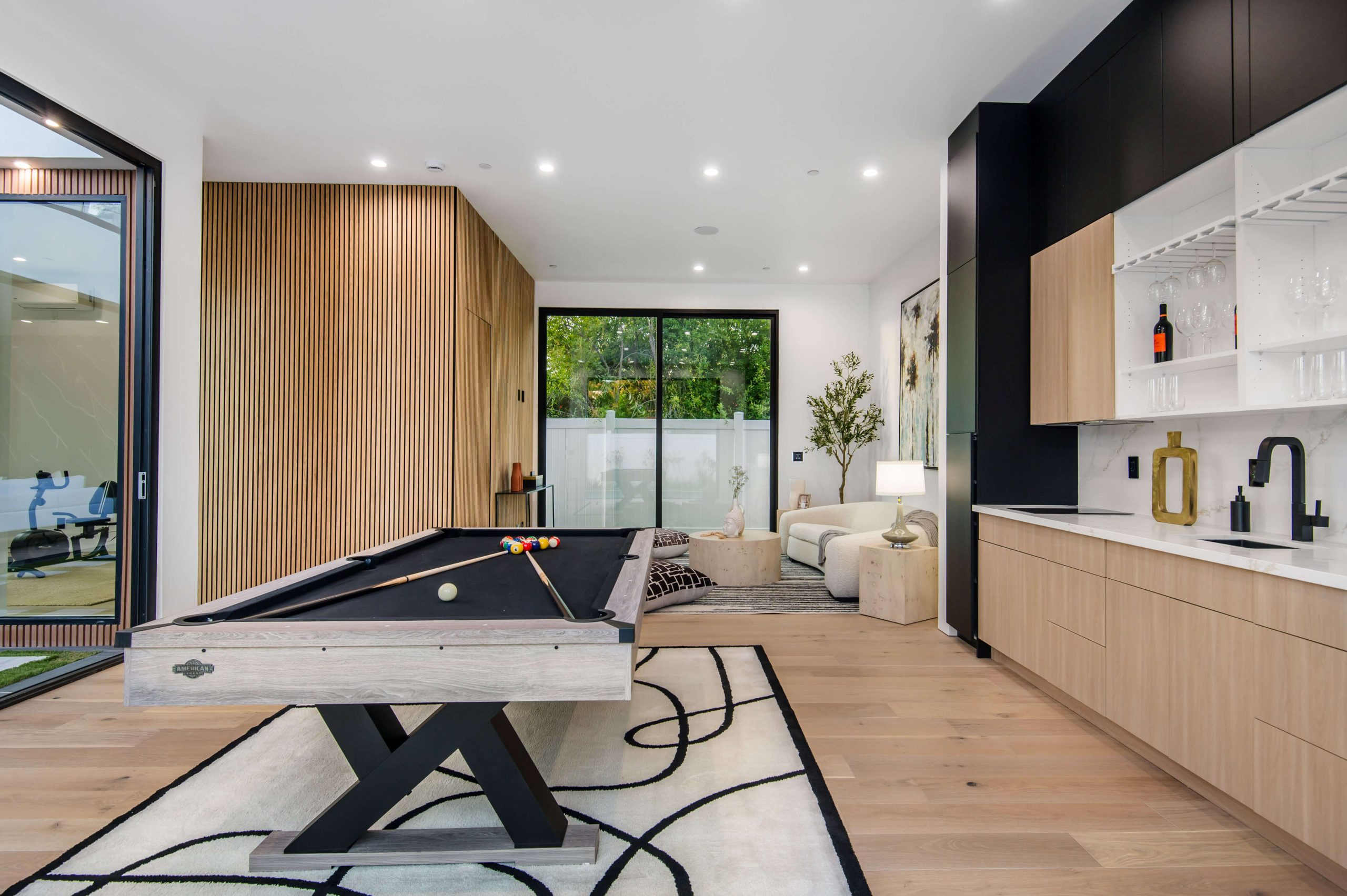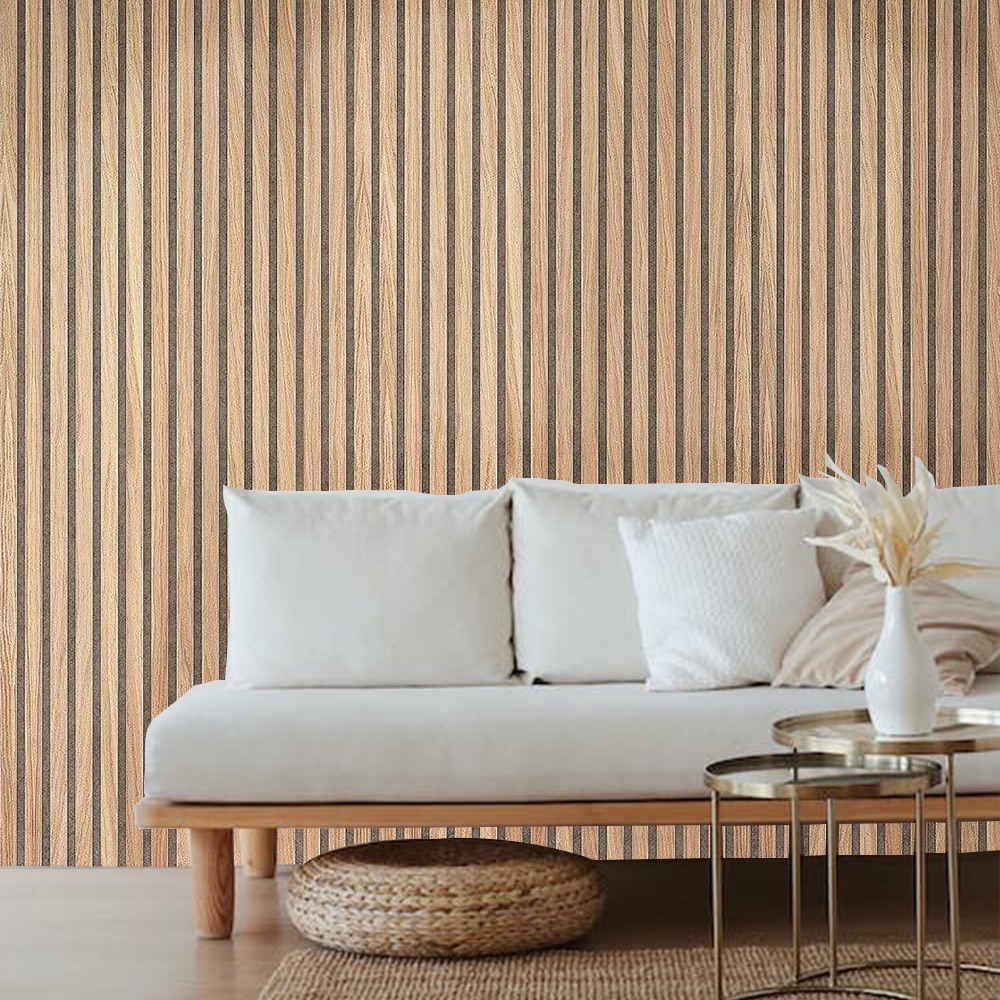When considering the aesthetics and functionality of your home or building’s exterior, wood panels for exterior wall applications provide a versatile, stylish solution. Whether you aim to enhance the curb appeal of your home or create a durable facade for a commercial building, wood panels offer a natural, timeless charm combined with modern technology. In this guide, we will explore the benefits, types, and applications of wood panels for exterior walls.
Why Choose Wood Panels for Exterior Wall Applications?
Wood panels have been used for centuries in architecture, and for good reason. They bring warmth and character to any structure. Here are a few reasons why wood panels are an excellent choice for exterior wall applications:
- Durability: High-quality wood panels, especially those designed for exterior use, are treated to withstand weather, moisture, and pests. Panels like those made from Wood-Plastic Composite (WPC) are designed for outdoor applications, offering superior resistance to the elements.
- Sustainability: Many wood panel products are sourced from sustainable forests, ensuring that your choice is environmentally friendly.
- Aesthetic Appeal: Wood panels create a natural and sophisticated look that fits various architectural styles, from modern to rustic.
Types of Wood Panels for Exterior Wall Applications
When selecting wood panels for your exterior walls, it’s essential to understand the different options available. Here are some popular types of wood panels:
1. Real Oak Wood Panels
Real oak wood panels are made from solid oak, which is known for its strength and beautiful grain patterns. These panels provide a classic, luxurious appearance, making them a popular choice for both residential and commercial properties.
- Pros: Durability, timeless aesthetic, natural look.
- Cons: Higher maintenance due to the need for occasional sealing and staining.
2. Wood-Plastic Composite (WPC) Panels
WPC panels are crafted from a blend of wood fibers and plastic. These panels are designed specifically for exterior wall applications, offering excellent resistance to moisture, rot, and UV rays.
- Pros: Low maintenance, weather-resistant, and eco-friendly.
- Cons: Limited natural wood appearance compared to real wood.
3. MDF Wood Veneer Panels
MDF (Medium Density Fiberboard) with wood veneer combines engineered wood with a thin layer of real wood on the surface. These panels offer the look of natural wood with added strength from the MDF core.
- Pros: Cost-effective, smooth finish.
- Cons: Less durable for outdoor use compared to solid wood or WPC.
Applications of Wood Panels for Exterior Walls
Wood panels can be used in a variety of exterior wall applications, each serving a specific purpose. Below are some of the most common uses:
1. Residential Homes
Exterior wood panels add warmth and beauty to homes. Whether you’re looking to create a modern facade with sleek WPC panels or a traditional look with oak wood, these panels help elevate the overall appearance of your home. Homeowners often use them for:
- Accent walls: A single wall clad in wood can make a stunning focal point.
- Complete siding: Covering the entire exterior with wood panels creates a unified, natural look.
2. Commercial Buildings
In commercial projects, wood panels for exterior wall applications provide a professional and inviting appearance. These panels are commonly used on:
- Storefronts: Wood panel facades give stores a unique, natural appeal that stands out from typical glass and metal exteriors.
- Office buildings: Modern office designs often incorporate wood panels to create a warm, yet sleek exterior.
3. Outdoor Living Spaces
Wood panels are also ideal for enhancing outdoor spaces like patios and decks. WPC panels are particularly well-suited for these areas due to their resistance to moisture and weather.
Installation and Maintenance of Wood Panels for Exterior Walls
The installation process of wood panels varies depending on the type of panel and the specific application. Here’s a general guide to installing exterior wood panels:
Step 1: Prepare the Surface
Ensure that the exterior wall surface is clean, dry, and even before starting the installation. Any imperfections can affect the final appearance and durability of the panels.
Step 2: Apply a Moisture Barrier
A moisture barrier should be applied to the wall before installing wood panels. This prevents moisture from seeping into the wood, extending its lifespan.
Step 3: Attach the Panels
Depending on the panel type, you will either use nails, screws, or adhesive to secure the wood panels to the wall. For best results, follow the manufacturer’s instructions specific to the panel type you are using.
Step 4: Seal the Panels
After installation, apply a sealant to protect the wood from weather damage. This step is crucial, particularly for real wood panels, to prevent warping, cracking, and other forms of wear and tear.
Maintenance Tips for Exterior Wood Panels
- Regular Cleaning: Keep your wood panels clean by washing them with water and mild detergent. Avoid harsh chemicals, as they can damage the wood.
- Resealing: Depending on the type of wood, reseal the panels every few years to maintain their protective barrier against the elements.
- Inspect for Damage: Regularly check your wood panels for signs of damage, such as cracks or warping, and address these issues promptly to prevent further deterioration.
FAQs about Wood Panels for Exterior Wall Applications
1. Can wood panels be used on exterior walls?
Yes, wood panels are suitable for exterior walls. Options like WPC panels are specifically designed for outdoor use due to their durability and resistance to weather conditions.
2. What is the best type of wood panel for outdoor applications?
For exterior wall applications, Wood-Plastic Composite (WPC) is one of the best options due to its weather resistance and low maintenance.
3. Do wood panels require a lot of maintenance?
The maintenance of wood panels depends on the material. Solid wood panels require regular sealing and cleaning, while WPC panels need minimal maintenance.
4. Are wood panels for exterior walls expensive?
The cost of wood panels varies depending on the material. Real oak panels tend to be more expensive, while WPC panels offer a more budget-friendly option.
5. How long do wood panels last on exterior walls?
The cost of wood panels varies depending on the material. Real oak panels tend to be more expensive, while WPC panels offer a more budget-friendly option.
By choosing wood panels for exterior wall applications, you can transform any space with style and durability. Whether for a home, commercial building, or outdoor living area, wood panels offer a versatile and timeless option that combines beauty with functionality.

